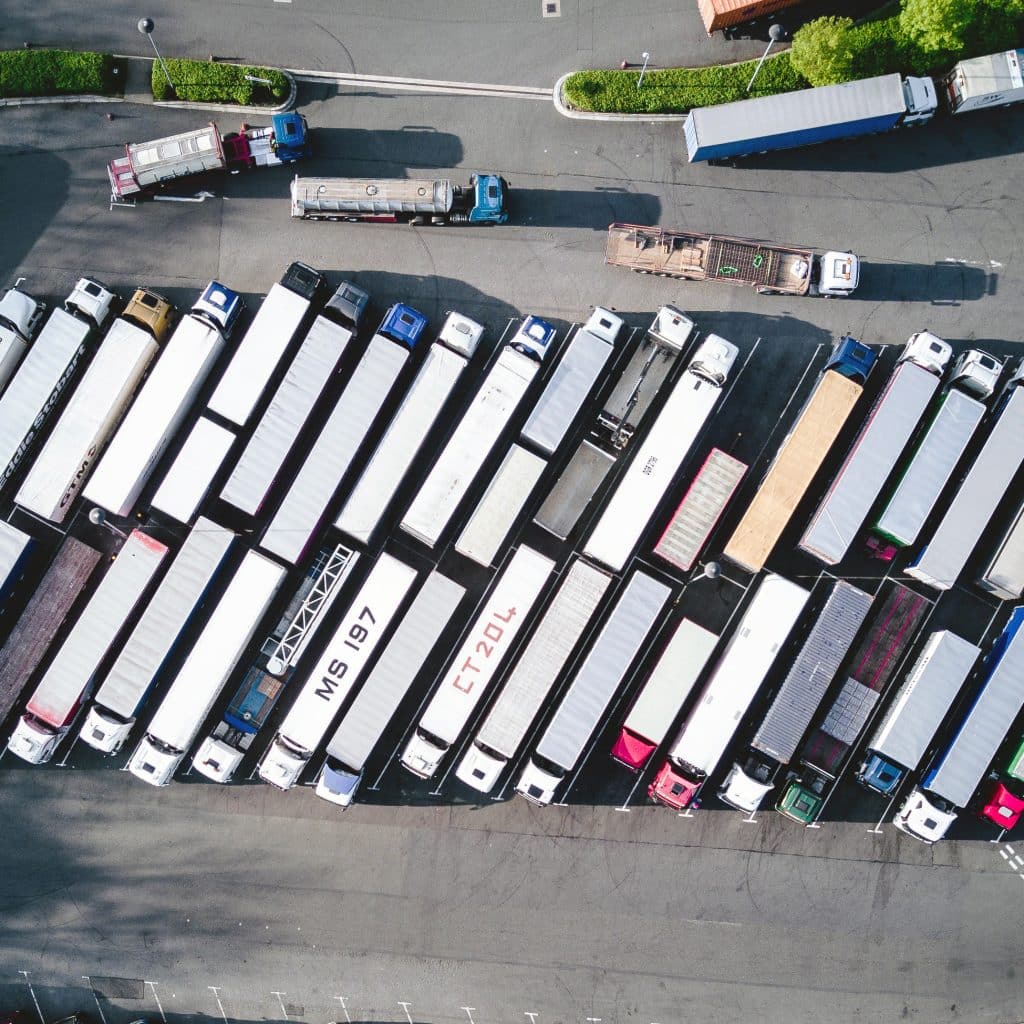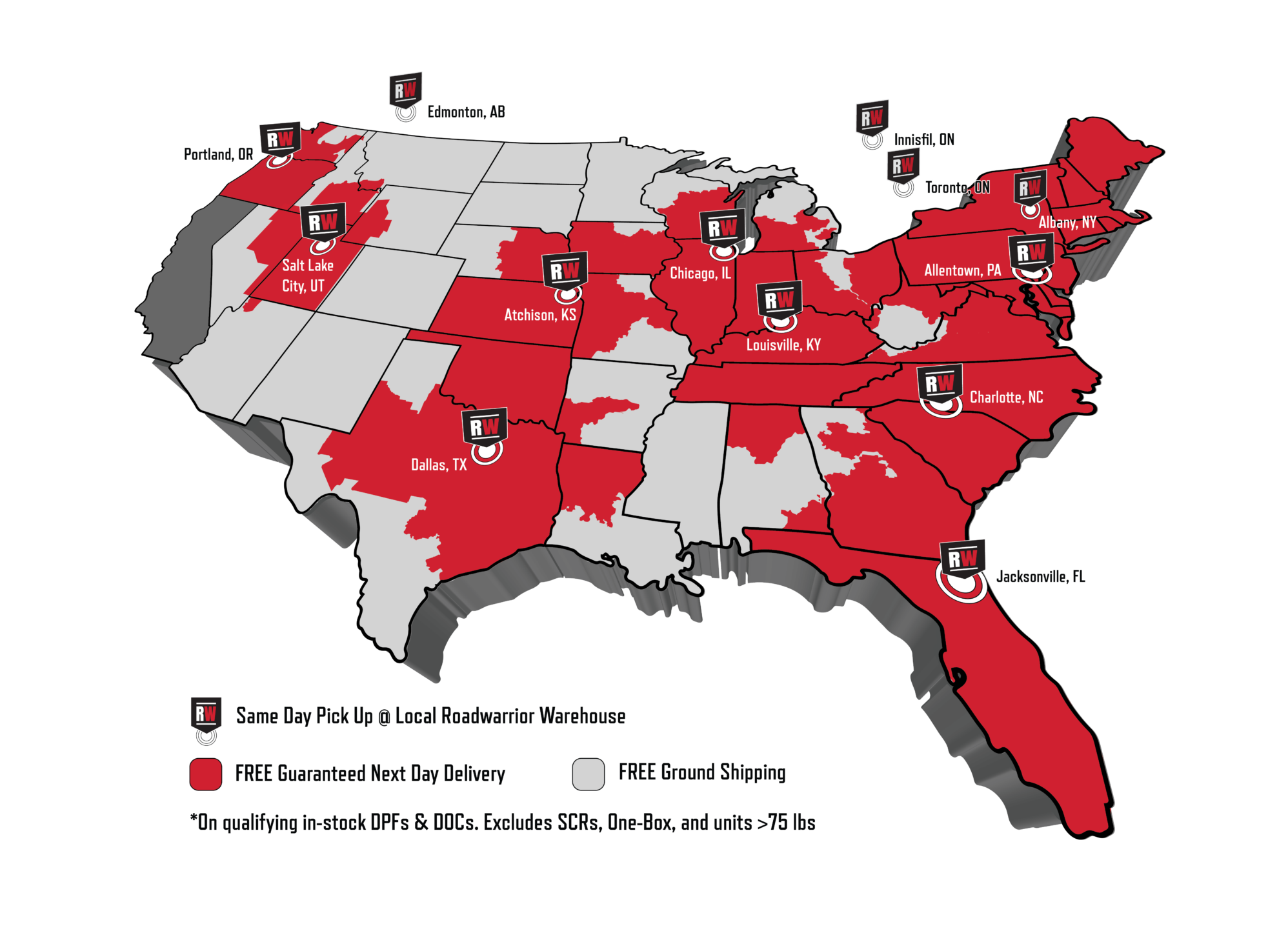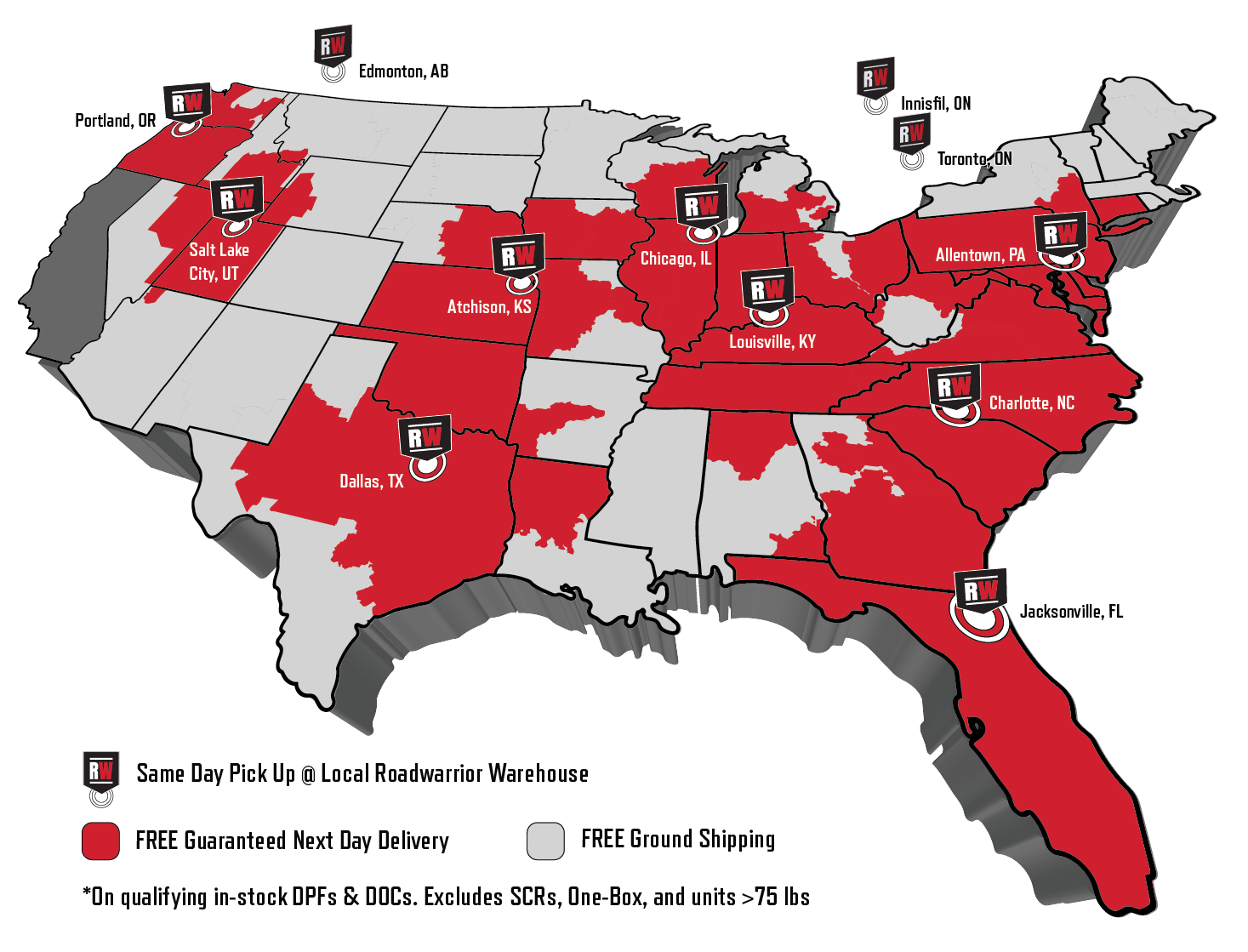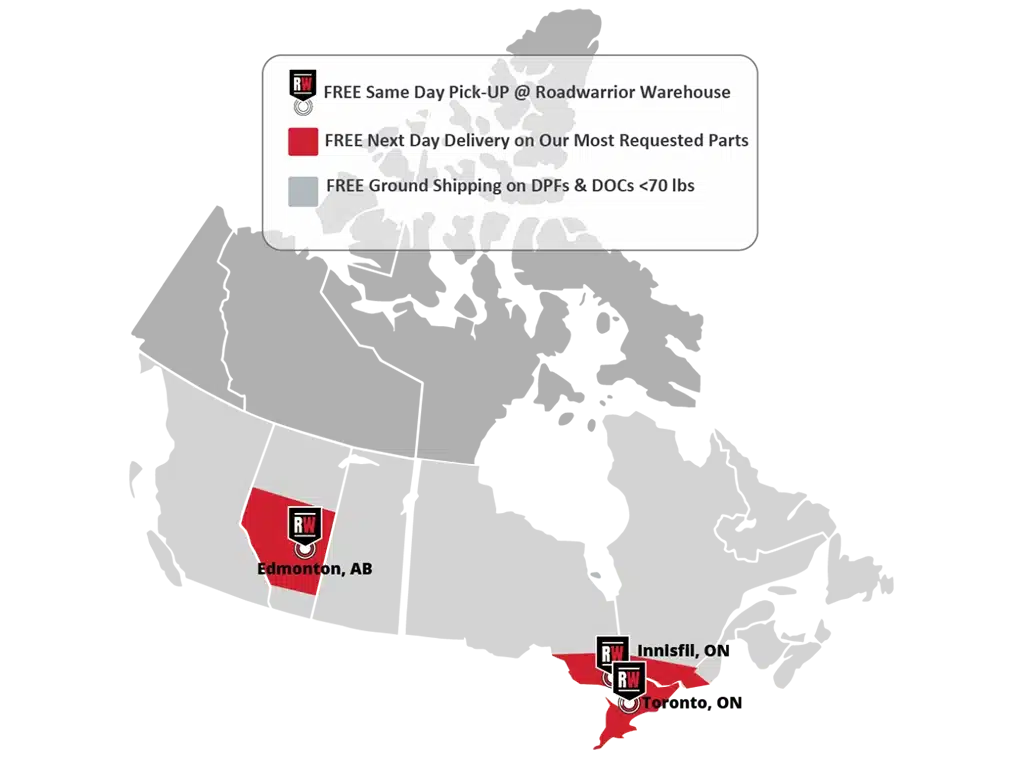Emissions control laws are becoming increasingly strict in North America. Manufacturers have to stay ahead of new legislation to keep their products relevant! There’s no point in developing and selling a product that you’ll have to re-design in a year or two because it isn’t compliant with incoming legislation. This has led companies to channel increasing amounts of funding into researching and developing ways to electrify heavy-duty OTR trucks.
Many of the major OEMs are already carrying out trial runs on light, medium and heavy-duty truck fleets. This technology has undeniable benefits for light and medium-duty trucks! It has great potential for service vehicles like delivery trucks that work within a set area and could charge overnight. It could also prevent the aftertreatment problems garbage trucks experience due to constantly stopping, starting, and idling. However, this technology poses considerably more problems when it comes to long-distance OTR trucks. As a result, many manufacturers are looking for ways to produce individual electric parts to enable a gradual transition. Some of the first truck parts to transition over so far have been axels and APUs.

Why Won’t We Switch Straight to Electric OTR Trucks?
Aside from the challenges of developing electric long-haul semi-trucks, manufacturers have to bear a number of factors in mind.
1. The infrastructure isn’t there yet
The supply chain to develop and produce electric truck parts is growing rapidly, but it still has some way to go before it can supply the whole industry. On top of this, the charging infrastructure to support electric vehicles is distinctly lacking in a lot of the more remote areas OTR trucks drive through. This charging network needs to be fully in place before electric trucks can become the standard in long-haul OTR applications. By the time the infrastructure is fully developed, battery technology should be advanced enough for the widespread use of electric OTR trucks to be viable.
This transition could happen faster with favorable conditions! However, this won’t be an immediate process—it won’t be a matter of months until all our trucks are electric. It’s much more likely to be a slow progression as electric versions of more and more parts and systems are developed.
2. The technology is still developing
It takes time and resources to develop electric versions of diesel parts that work as well as the original and cost less to run. Each new part has to be trialed and tested, its flaws ironed out, its performance measured and improved before it becomes widely adopted. Hard-working truck drivers don’t want to risk buying new technology that hasn’t been thoroughly tested! Before buying a new electric product, drivers want to see performance data from real-world settings, over an extended period, and in varying weather conditions. To get this data, manufacturers need to give their products to test fleets to trial-run during the development process.
It takes time for each newly electrified product to become accepted, as more drivers trial it and find it satisfactory. The same process applies to fully electric HD trucks, which are currently much more expensive up-front than diesel trucks. Fleet managers are unlikely to be willing to invest in fully electric trucks until the initial cost comes down!
3. The Power Isn’t Available Yet
The aim of the electrification of the trucking industry is to reduce emissions and make OTR trucking more eco-friendly! However, the transition won’t fully achieve its goals unless the electricity comes from green sources, and improves truck efficiency. On top of this, if all the world’s OTR trucks went fully electric tomorrow, the charging and electricity-generation infrastructure wouldn’t be developed enough to support them. However, every year brings new investments in charging infrastructure and clean electricity development in North America. When technology developments make the widespread use of long-haul trucks plausible, there should be a charging infrastructure and power to support it! In the meantime, emissions control products like the electric APU have become increasingly popular.

Why Are Electric APUs Becoming So Common?
Growing anti-idling legislation has changed the way drivers live in and power truck sleeper cabs. At first, OEMs tried to get around this by running sleeper cabs on diesel auxiliary power units, but these have their own problems. In California for example, regulations require diesel APUs to be fitted with dedicated emissions control systems which means extra regens. This has led to the growing popularity of electric APUs!
Are There Any Problems with Electric APUs?
The biggest problem is that electric APUs are only as powerful as the batteries they run on and OEMs often sell APUs with inefficient lead-acid and AGM batteries. These massively limit the power of electric APUs because they can only be discharged up to 50% before sustaining damage! For this reason, reputable trucking batteries include built-in protection systems. However, when a battery discharges too far and the protection system kicks in, the APU begins load shedding. This means the APU stops supplying power to various systems in order to protect the batteries! To get around this, it’s best to power your electric APU with lithium batteries, which double its power and runtime! This is because you can repeatedly drain deep-discharge lithium batteries up to 95% without damaging them.
How is Roadwarrior Helping to Electrify OTR Trucks?
To support the trucking industry and its transition to electric power, Roadwarrior developed a high-efficiency lithium APU battery called LightningVolt. These durable batteries last 10× longer than non-lithium alternatives, so you don’t need to waste time and money replacing them every 1–2 years. LightningVolt also doubles the power in your truck sleeper cab, saving you money in reduced idle hours! Idle reduction is vital because excessive idling causes soot to accumulate, damaging your engine and aftertreatment system over time! The effects are so widely recognized that many OEMs consider anything over 20% idling as grounds to void your warranty. To make your life easier, LightningVolt is a direct plug-and-play solution that works with your existing alternator and electrics.

What Real-World Testing Did Roadwarrior Do Before Releasing LightningVolt?
We know that in-lab conditions only give a partial idea of how a new technology will perform on the road. That’s why we gave LightningVolt batteries to several fleets to test-run before releasing them.
Several of our test drivers didn’t trust their electric APUs to last the full rest period. One driver in particular would idle for 4–6 hours every break, conserving his APU battery to run his aircon and heater during the night. We put an idle logging system in his truck, then installed LightningVolt batteries and told him to use them for all his power needs. Over 3–4 months with lithium batteries, he saved 800 hours of idling, which with current fuel prices comes to about $3000! For a more detailed case study with a different company, read our blog about The Erb Group of Companies‘ trial run with LightningVolt.






